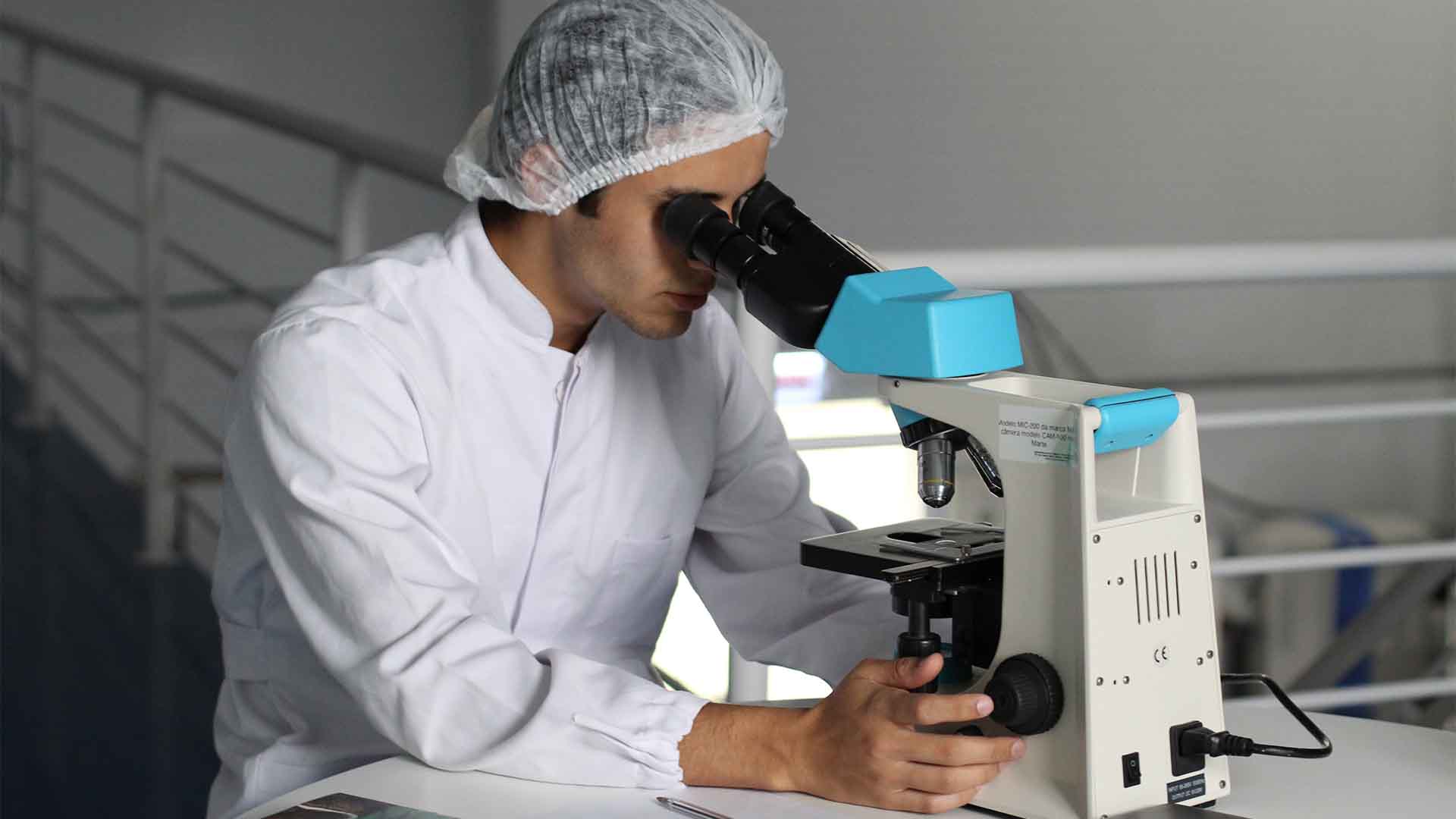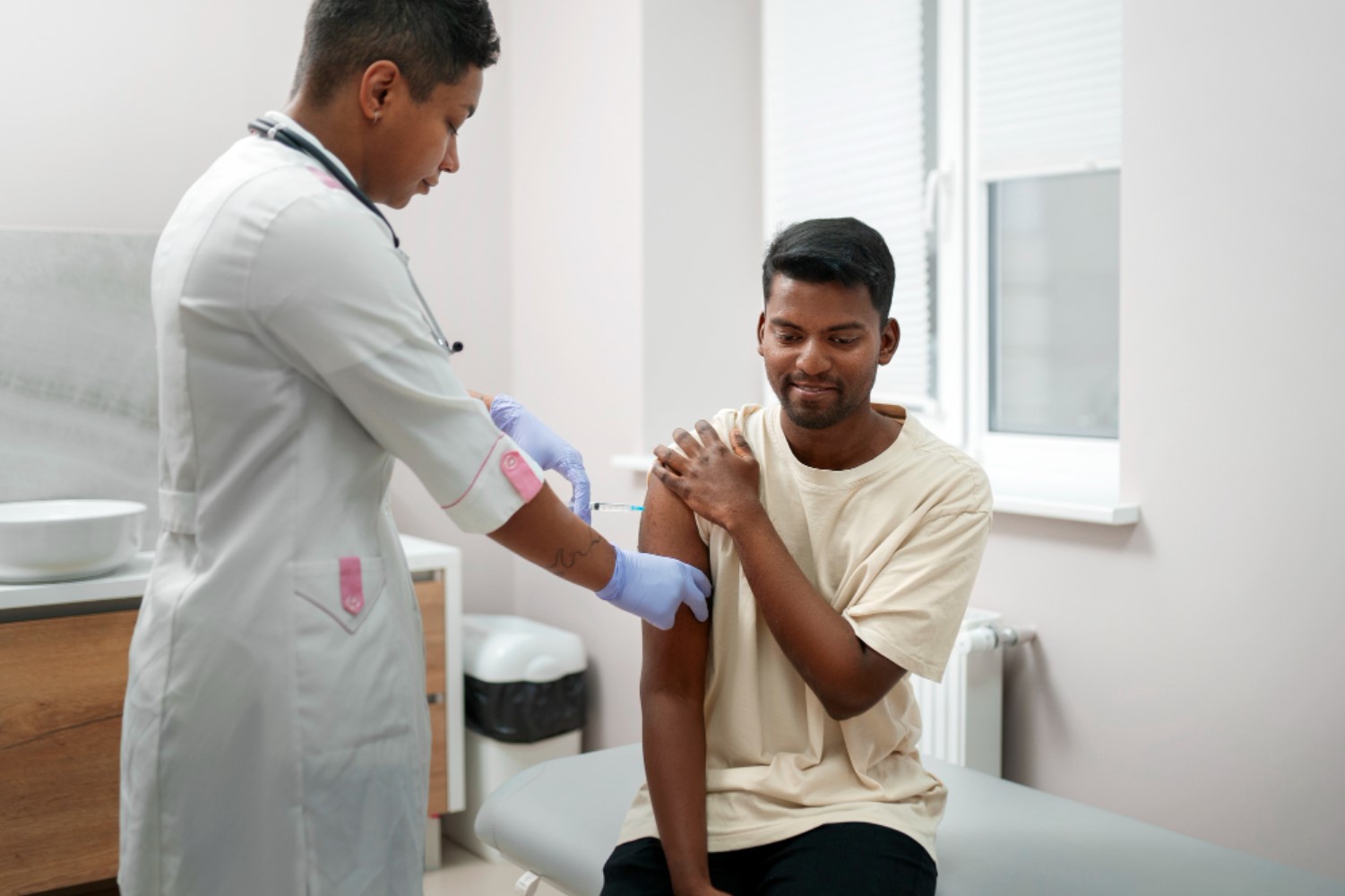In the US, syphilis, a once well-controlled STD, is surging at an alarming rate. The latest reports reveal a 9% increase in infectious syphilis cases in 2022, a trend that’s raising major concerns in public health circles. Syphilis, caused by a bacterium, can initially appear as harmless sores but may progress to severe complications like paralysis and dementia if untreated.
This resurgence is particularly disturbing given the historical context—syphilis cases had plummeted with the advent of antibiotics.
A Historic High Since the 1950s

The US is witnessing the highest number of syphilis cases since the 1950s, with over 207,000 reported in 2022. This 17% increase from the previous year marks a distressing milestone.
The figure includes the most infectious stages, latent cases, and congenital syphilis, where the infection is passed from mother to child. This historical comparison underlines a significant regression in combating this disease, pressing the need for immediate and effective public health strategies.
Syphilis: A Closer Look

Syphilis is more than just a number; it’s a bacterial disease with serious health implications. Initially, it may present as painless genital sores, but without treatment, it can lead to severe health issues like heart disease, blindness, and neurological disorders.
Understanding syphilis is key to combating it: recognizing symptoms, knowing how it spreads, and the importance of early treatment. This knowledge is crucial in reversing the current trend and protecting public health.
The Unexpected Decline of Gonorrhea

In a twist, while syphilis cases are on the rise, gonorrhea is showing a decline. For the first time in a decade, gonorrhea cases fell by 9% in 2022.
This decline is an interesting development, considering gonorrhea’s consistent rise in previous years. Understanding why this STD is decreasing could provide insights into effective prevention and treatment strategies, which could be applied to other STDs like syphilis.
Analyzing the Drop in Gonorrhea Cases

The reasons behind the gonorrhea decline are not fully understood. Some experts suggest that the COVID-19 pandemic might have influenced this trend, possibly through changes in sexual behavior or disruptions in STD testing.
This decrease, observed across about 40 states, suggests a widespread change and could offer insights into STD prevention and control.
Syphilis Spreads Beyond Traditional Groups

Syphilis is breaking the barriers of its traditional demographic. Historically concentrated among gay and bisexual men, it’s now spreading among heterosexual men and women.
This shift highlights a concerning trend: syphilis is not confined to any one group and requires broad-based public health efforts. It underscores the importance of inclusive health campaigns and the need for widespread testing and education.
The Newborn Crisis

A particularly alarming aspect of the syphilis resurgence is its impact on newborns. Congenital syphilis, where the infection is passed from mother to baby, has seen an increase. This situation is dire as it can lead to miscarriages, stillbirths, or severe health issues in infants.
The rise in congenital syphilis is a stark reminder of the broader implications of STDs and the need for focused maternal health care and screening.
Geographic Disparities in STD Rates

The syphilis epidemic is not evenly spread across the US. Regions like South Dakota have reported the highest rates, particularly among the Native American community.
This geographic disparity points to larger systemic issues like healthcare access and socioeconomic factors. Addressing these disparities is crucial for an effective public health response to STDs.
Public Health Response: The Syphilis Task Force

In response to the rising syphilis rates, the US Department of Health and Human Services established a task force. This group focuses on the hardest-hit areas, including South Dakota and 12 other states.
The task force’s mission is to curb the spread through targeted interventions, highlighting the government’s recognition of and response to this public health crisis.
Chlamydia: The Silent Observer

While syphilis and gonorrhea make headlines, chlamydia remains the most common STD, with rates staying relatively stable. In 2022, the rate was about 495 cases per 100,000 people.
Understanding chlamydia’s stable trend amidst the fluctuating rates of other STDs could offer insights into effective prevention and control strategies.
The Role of Testing and Awareness

Increased testing and awareness are vital in combating STDs. Experts believe that the lack of testing, especially in heterosexual populations, contributes to the rise in syphilis cases.
Raising awareness about STDs, their symptoms, and the importance of regular testing can play a significant role in reversing these trends.
Looking Ahead: What Can Be Done?

Tackling the STD crisis requires a multi-faceted approach. This includes enhanced public education, accessible testing, treatment services, and targeted public health initiatives.
Encouraging safe sexual practices and destigmatizing STDs are also key. By implementing comprehensive strategies, there’s hope to reverse these concerning trends.








































